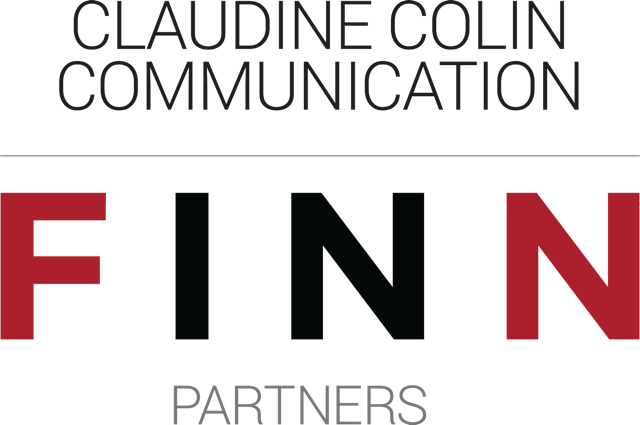A new exhibition, Prima Materia, will be on view in Venice from May 30, 2013, to December 31, 2014, at Punta della Dogana. François Pinault has appointed Caroline Bourgeois and Michael Govan as the curators.
Prima Materia brings together almost 80 works from the last 50 years by approximately thirty artists from the Pinault Collection. The exhibition establishes a dialogue between important historical movements, such as Mono-Ha and Arte Povera, as well as in-depth monographic presentations of works by artists such as Llyn Foulkes, Mark Grotjahn, and Marlene Dumas. Prima Materia will include a selection of ambitious installations that have been reconceived for Punta della Dogana by artists such as Diana Thater and Ryan Trecartin & Lizzie Fitch, as well as new commissions by Theaster Gates, Loris Gréaud, and Philippe Parreno.
More than half of the artists (and almost all the works displayed) are presented for the first time in an exhibition from the François Pinault Collection, including Adel Abdessemed, Robert Barry, Alighiero Boetti, James Lee Byars, Marlene Dumas, Ryan Trecartin & Lizzie Fitch, Lucio Fontana, Llyn Foulkes, Theaster Gates, Dominique Gonzalez Foerster, Loris Gréaud, Mark Grotjahn, David Hammons, Roni Horn, Kishio Suga, Koji Enokura, Lee Ufan, Sherrie Levine, Mario Merz, Bruce Nauman, Nobuo Sekine, Roman Opalka, Giulio Paolini, Philippe Parreno, Giuseppe Penone, Michelangelo Pistoletto, Bridget Riley, Thomas Schütte, Shusaku Arakawa, Susumu Koshimizu, and Diana Thater.
Michael Govan and Caroline Bourgeois have written about the exhibition’s title and content:
“Ubiquitous and graphic media images of war, protest, and social upheaval provided the backdrop for artistic breakthroughs of late 1960s, much of which was expressed in abstraction—sometimes emptiness. That era also opened new vistas on social equality and shared concerns, such as the condition and future of our environment. Today, science and technology offer social connectivity on a global scale, constantly available images of every kind, and the promise of technological solutions for life, longevity, and renewable energy. At the same time, we still live in an atmosphere of no less anxiety, often faced with invisible and abstract adversaries—among them, global warming and technological terrorism. We are blanketed in a cacophony of media image and sound.
If the goal of most of nineteenth century art was truth through beauty and balance, the art of the late twentieth and our own century tends toward a coexistence of extremes—of abstraction and surrealism, emptiness and chaos, negation and spectacle, high and low. Artistically, we live in an age of global pluralism. Four basic elements of painting, sculpture, installation, and performance are all alchemized by the prima materia of media, not only the substance of film or video or the Internet, but the means of its dissemination and discussion globally.
Medieval texts on alchemy suggest hundreds of diverse descriptions and definitions of the prima materia, the prime matter—separate from, or encompassing, earth, air, fire, and water; or the formless base of all matter; containing the soul and the body, the sun and the moon; love and light, imagination and consciousness; or urine, blood, or dirt. It was searched for in the darkest soil of the forest, and inside the body. It is the primal chaos that exists before time and all possibilities of the future. Western and Eastern, it is the Tao of Lao Tzu's Tao te Ching; or, in science, perhaps the dark matter that makes up most of our universe. The definitions of this medium that carries all of the elements are diverse by cultural perspective or personal identity. Sometimes circularly represented as a serpent eating its tail, the prima material— essence, everything and nothing, everywhere and nowhere—takes many forms.”
The catalogue of the exhibition Prima Materia will be edited by Electa and will include contributions and previously unpublished artists interviews by Caroline Bourgeois, Germano Celant, Erich Franz, Madeleine Gins, Michael Govan, Jarrett Gregory, Fabrice Hergott, Philippe Alain Michaud, Hans-Ulrich Obrist, Adrian Searle, Franklin Sirmans, Ali Subotnick, and Jochen Volz, among others.
From this year, Punta della Dogana will launch a new series of site-specific commissions for the “Cube,” the central space and the symbolic heart of Punta della Dogana. The Chinese artist Zeng Fanzhi was invited to conceive of a project for the first edition of the program, which will rotate on an annual basis.
Also opening on May 30, 2013, the Teatrino of Palazzo Grassi, a new auditorium of 225 seats restored by Tadao Ando, will present a program of three films by artists from the François Pinault Collection: Philippe Parreno, Loris Gréaud and Anri Sala.
The exhibition Rudolf Stingel (conceived by the artist in collaboration with Elena Geuna) will also be opened to the public at Palazzo Grassi, from April 7 to December 31, 2013.

